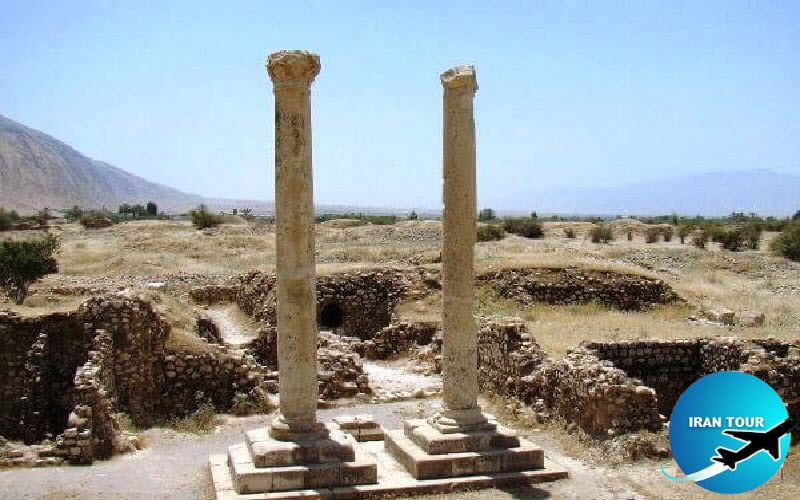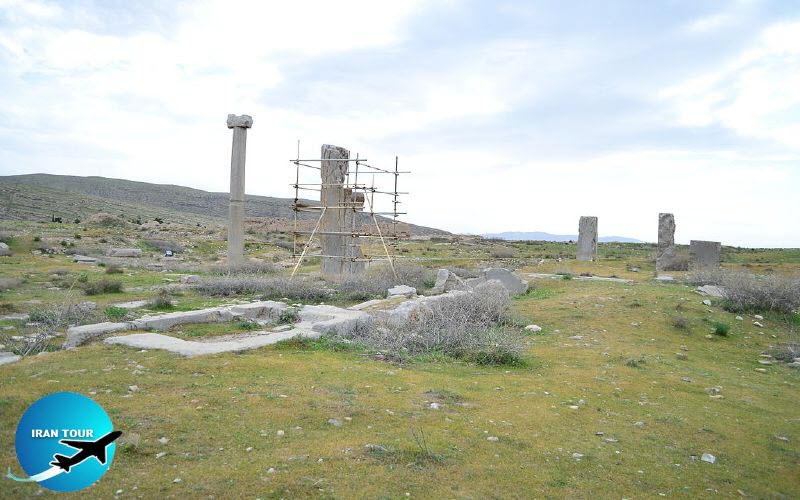Copyright 2020 - 2021 irantour.tours all right reserved
Designed by Behsazanhost
Estakhr City
Estakhr City
Another important archaeological site at Marvdasht, Estakhr has produced relics from the Achaemenid period to the early Islamic. Moreover, scholars speculate that the date of the city's founding is even more ancient, though the original settlement may have been located at some distance from the later metropolis. The city and its surrounding area are today locally called Takht-e Tavus ("the Peacock's Throne"). His historical and archaeological evidence points to the outstanding importance of the city during the Sasanid period. This prominence was due above all to the fact that Estakhr housed the Temple of Anahita, where the founder of the Sasanid dynasty, Ardashir Babakan, and his ancestors used to serve.
 |
In the revival of religion and of national spirit that followed the establishment of Sasanid power, Estakhr became the ceremonial capital of the empire, and although Ardashir moved his own residence to Gur, and his successors relocated to Bishapur, Ctesiphon, Seleucia, or Dastgerd, yet in Estakhr remained the treasury and temples of the royal house, and here the heads of conquered kings are reported to have been hung. When the Arabs invaded Iran, Estakhr was one of the places that at first successfully resisted the assaults of the alien troops. Several years later it yielded, but its population repeatedly staged revolts, one of which ended in the slaying of the Arab governor. However, Estakhr capitulated to the Arabs shortly afterward. The city's good fortune virtually came to an end when Shiraz replaced it as the capital of Fars.
 |
In the 7th century, the citadel of Estakhr was built on the summit of one of the isolated rocky peaks in the vicinity of the ancient city. Thus, the Islamic town of Estakhr seems to embrace only a part of the earlier settlement. The space between the two sectors has been more or less filled by outskirts or suburbs, all included under the same name, Estakhr. Most medieval historians mention that the town was devastated by frequent rebellions under Samsam al-Dowleh Buyid, while its citadel was turned into a state prison; this was used as late as 1576 A.D.
The gateway of the city, traces of adobe ramparts, bases of ruined buildings, and scattered remains of stone columns, all of which belonged to the imperial district, have been discovered at the site, but nothing else of importance projected above the mounds of earth. The area in which lived the common people, because its buildings were no more than mud and wattle huts, has completely disappeared.
- Details
- Category: Museums of Shiraz






